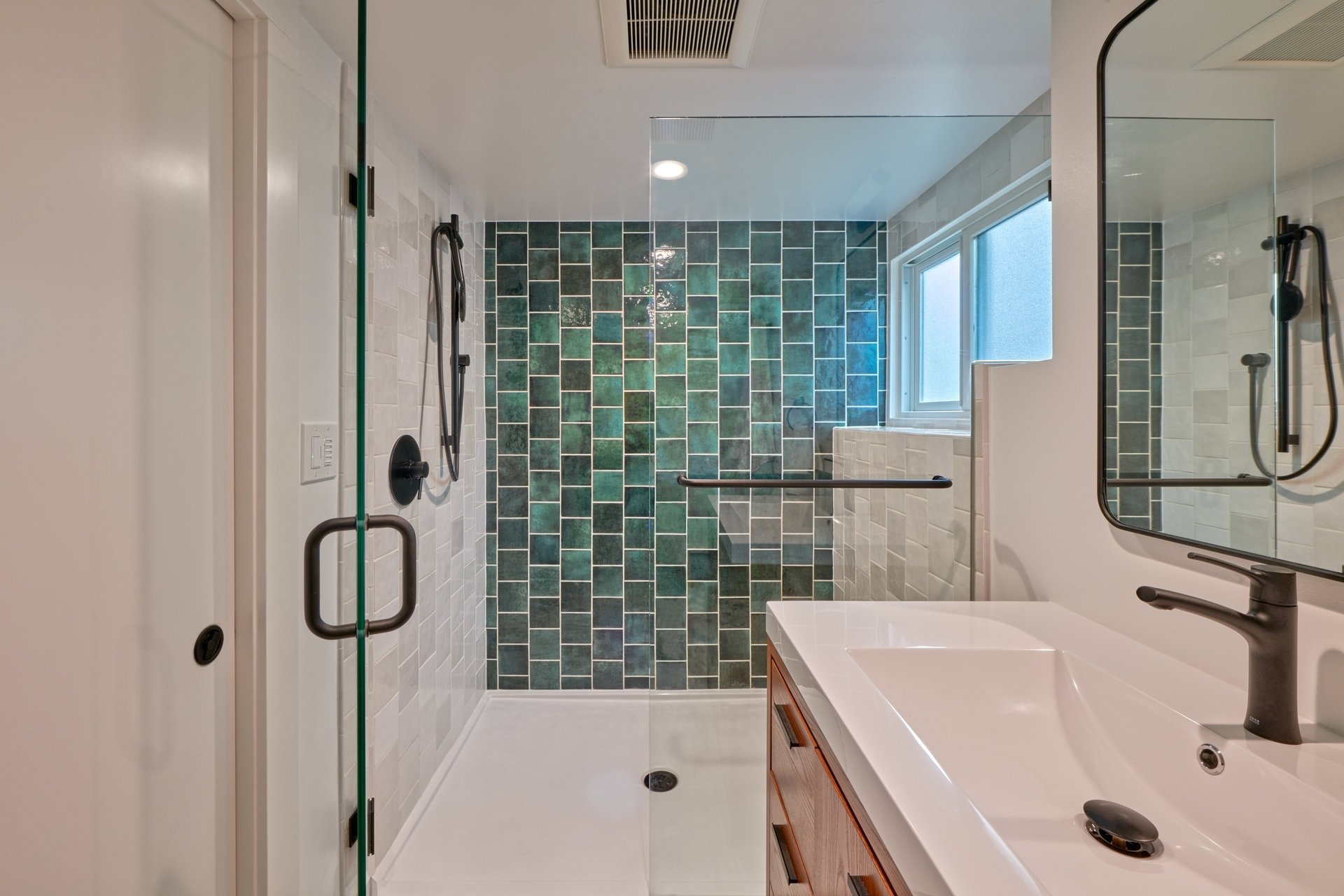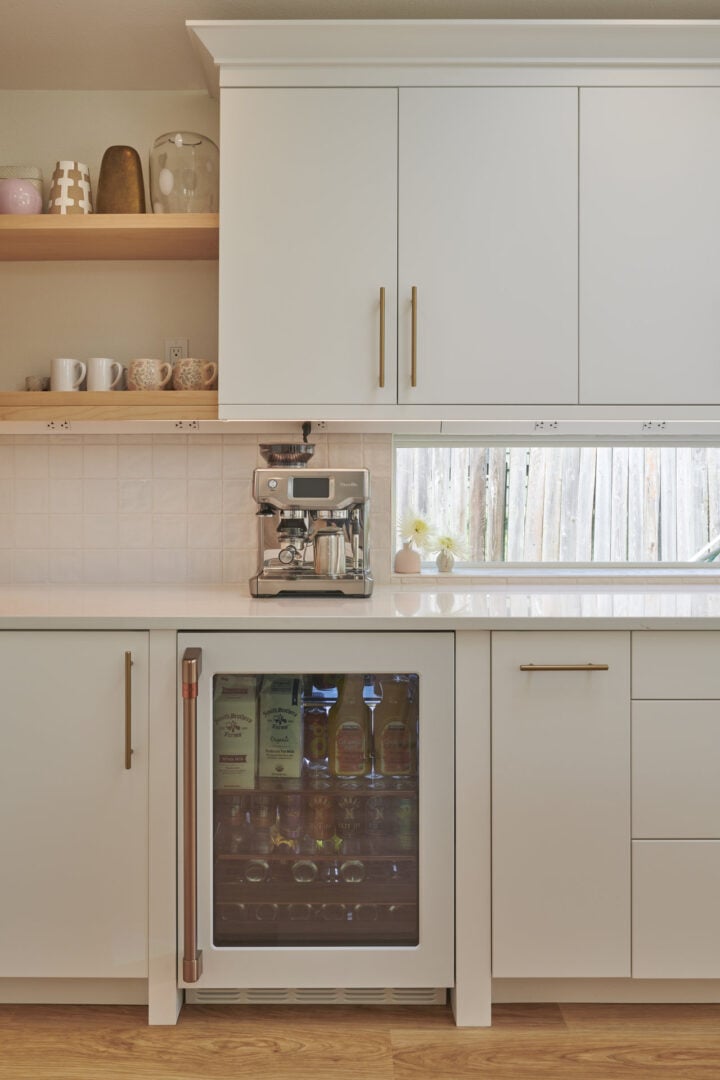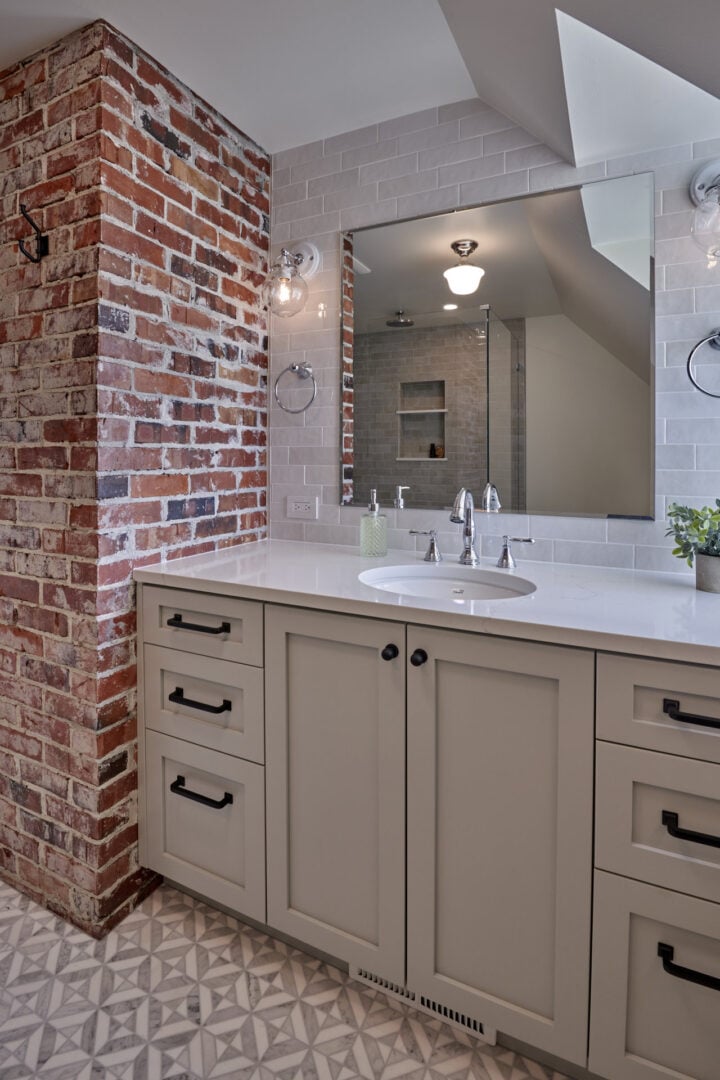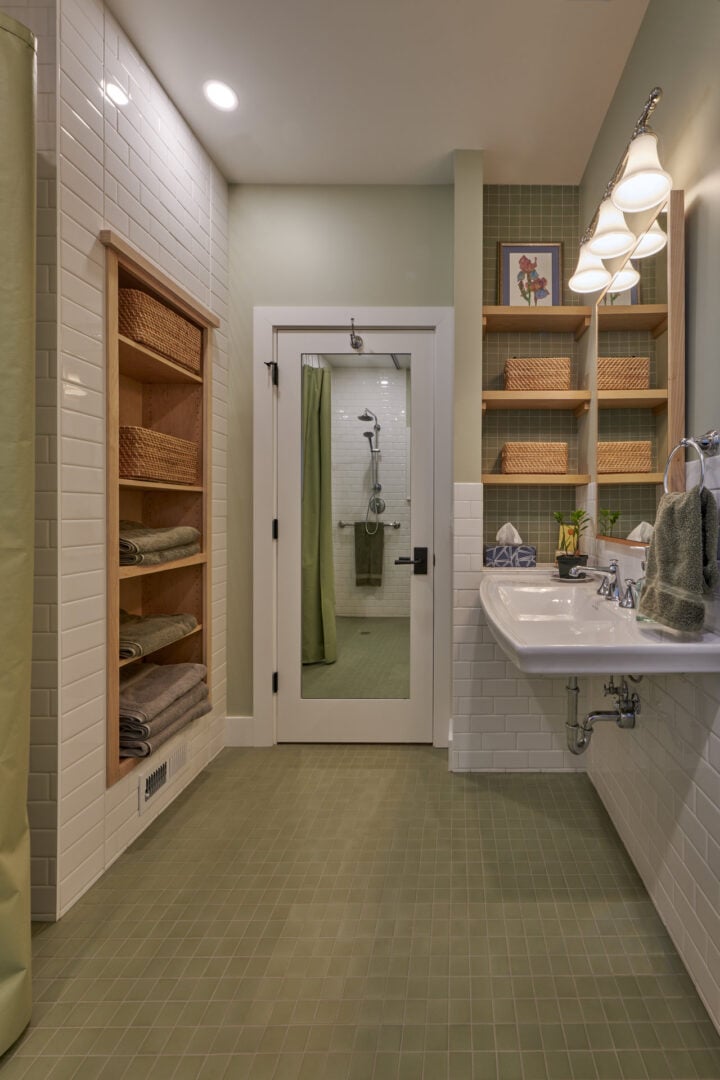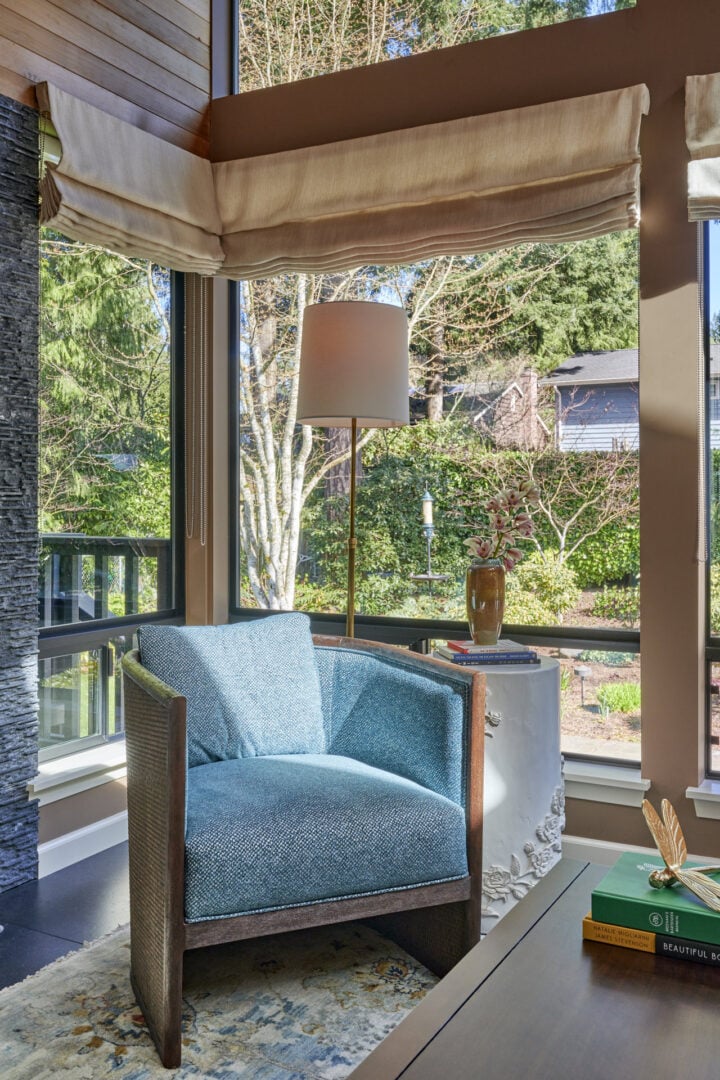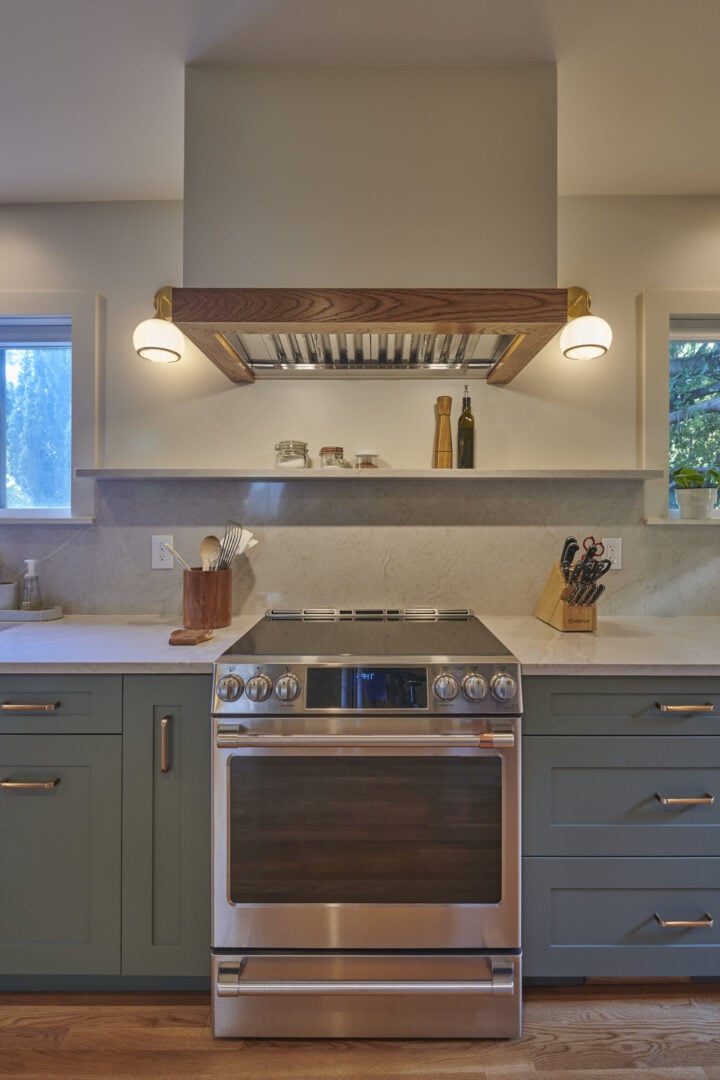
I’ve been an interior designer for quite a few years now, and I’ve started noticing a misconception that seems to be getting more common: that interior design is for perfect people who want to make their already perfect homes even more perfect. What nonsense!
It’s no wonder that many people have that misconception. Flip through Sunset magazine, browse most design blogs, or follow a typical “influencer” on Instagram, and you’ll see lots of examples of idealized lifestyle scenes, where each item is “curated” and in its place. Who really lives like that?
Okay, I get it, people like looking at pretty things. Many people even enjoy fantasizing about living in a house that’s straight out of the pages of Architectural Digest or Dwell. That’s fine. And it might even be within reach of those people who can pay for enough help to keep up appearances. But for the rest of us, well, our personalities (and habits) come through in our homes.
I certainly don’t blame the public for their perception that interior design is out of reach and out of touch with how they really live. I can almost hear their thought process: “I love what you do, but that wouldn’t work for my budget/lifestyle/messy family.”
Clearly, my chosen profession has an image problem, and it’s keeping people who would benefit from good interior design from pursuing it. Worse, I believe clients who do work with a designer sometimes feel pressured to go with a design that is overdone, or does more for the designer’s ego than the client’s true needs.
I see this over-designed phenomenon a lot with kitchens. A client who survives mostly on takeout ends up with a six-burner professional-grade range and a giant built-in refrigerator. If the client’s goal is to impress his friends with shiny stainless-steel appliances, then mission accomplished. But if what he really wanted was a new kitchen that was pleasing to be in and was perfectly tailored to how he really lives, then this was a missed opportunity.
The solution is for designers to do better at interviewing clients to gain a deeper understanding of their lifestyle and project goals. In the world of interior design, we call this process programming. Almost every designer does it, but we don’t always pay close enough attention to what our clients are trying to tell us. And it is the rare designer who can truly make clients feel comfortable enough to be honest about how they live. I’m not always perfect at this myself, but I strive.
Let me share a story about a real client.
This person was embarking on a master bedroom suite remodel, among other things. Her current bedroom was quite large but oddly shaped and had very small closets. To store her clothes, she was relying on several small dressers that were, frankly, bursting at the seams.
Since a major goal of my client’s remodel was to increase closet space, I focused many of my programming questions on that area:
- How much space do you need to hang long items, like dresses, suits, and long coats?
- How many pairs of shoes do you own, and how would you like them stored?
- Do you need to store handbags, belts, scarves, or hats? How many?
- How much space do you need for folded clothes? And do you prefer them in drawers or on shelves?
- Do you need a dressing table or vanity?
This client—who was used to cramming all her clothes into her tiny dressers—stared at me for a second like I had lost it.
I was asking the wrong questions.
Thankfully, my client was able to toss aside her notion of what interior design should be and tell me openly and honestly how she actually lived her life. She was able to get real.
What I learned was that she wasn’t one to hang her shoes on neat little racks or carefully fold her sweaters on shelves. Nor did ever see herself being that neat.
As an interior designer, I was still tempted by the idea that I could design a fantastic built-in storage system, with a place for everything and everything in its place. I’ve certainly designed storage systems like that before. The only problem was that my client probably wouldn’t have used all those perfectly designed cabinets, cubbies, shelves, and hanging racks.
Instead, my client and I determined that a simple yet spacious walk-in closet would be the perfect solution. She could just toss all her clothes inside, close the door, and breathe a sigh of relief that everything was out of sight and out of mind. Done and done!
In this case, I was able to put my ego aside and get out of the way. I wasn’t going to win any design awards for that closet, but it was what my client would actually use, and it would make her life better. It also allowed us to focus on adding embellishments to some of the more visible elements of her design, which would bring her much more joy than unused storage spaces.
Here are my takeaways:
Homeowners, if your home isn’t making you happy, don’t hesitate to start a conversation with a designer, and when you do, please go ahead and get real about how you live. It’s fun!
Designers, please help your clients feel comfortable enough to share their true thoughts about their home and lifestyle, and then get out of the way if need be. Don’t over-design a solution that doesn’t match how they really live. On the flip side, if your client is coming to you to make a life change—to start getting organized or cooking gourmet meals—then by all means, design that amazing closet or chef’s dream kitchen.
Take the next step
When it comes to the design of your home, there is no wrong approach. We at CRD strive to give our clients a finished product that perfectly reflects their unique needs. Client feedback is essential to this process. If you have a remodeling project in mind and would like to start an honest discussion about how you want to live in your home, please don’t hesitate to get in touch. My interior designer colleagues and I love the challenge of tailoring your home to your unique needs.
